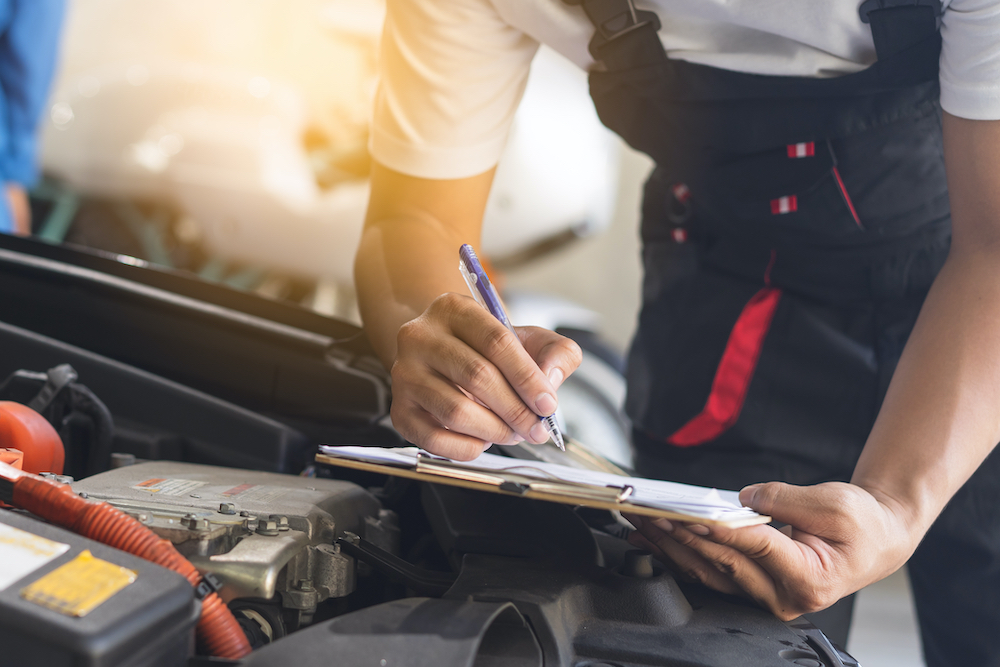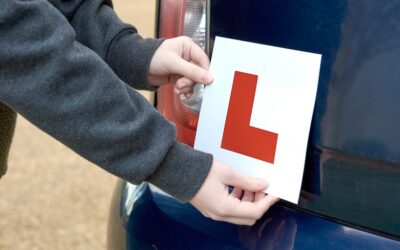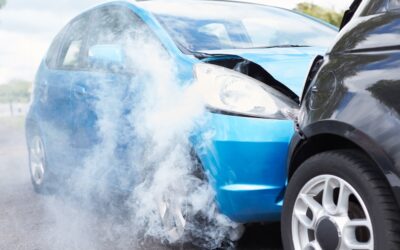Got your car MOT coming up? If you know what can fail an MOT, you’ll know how to prepare your car to ensure you pass.
Let’s take a look at the most common MOT fails, and how to avoid them.
1. Suspension Issues
The UK’s roads are littered with potholes, and driving over a pothole at high speeds can play havoc with your car’s suspension. So it’s no wonder that many car’s fail their MOTs due to suspension issues.
You can test for some suspension problems yourself. Check if your car sits level when you park it. If it’s too high or low on any one corner, there could be something wrong with your springs.
You could even try walking around your car and pushing down on each corner. If everything’s OK with your suspension, your car should simply return back to its normal level after you push it down. But if instead it bounces up and down a few times, then you might have a problem.
Unfortunately, many suspension problems aren’t really visible to most drivers. However, listen carefully, and you might be able to hear if something’s the matter. Listen out for unusual clunks, especially when you’re driving on bumpy roads or taking corners.
If you suspect there’s a problem with your suspension, book your car in for a check-up before your MOT.
2. Signals and Lights
Before your MOT, check that all your car’s lights are working. Park somewhere safe and switch them all on. Walk around your car, and inspect every light, not forgetting the indicators. Ask someone to help you check the brake lights. Also check the quality of the lights. Are any dimmer than the others?
Most of the time, if you’ve an issue with your lights it’s probably just a faulty bulb, which you can change with ease.
3. Registration Plate
While we’re talking about lights, don’t forget to check those little lights that illuminates your registration plates! If either of these have blown, then you could fail your MOT.
You could also fail your MOT if your registration plates are too dirty to read. This is one reason why it’s a good idea to thoroughly clean your car, inside and out, before your test.
4. Tyres
First, check every tyre for signs of wear and tear – cuts, bumps, and other visible signs of damage.
Next, check that the tread depth of each tyre meets the 1.6mm legal requirement. You can do this with a 20p coin! Just slot the coin into the tyre’s tread. If you can see the coin’s outer band, then your tread’s too worn. Change that tyre immediately!
Finally, it’s worth making sure that you even have the right type of tyres fitted to your car. Check your car’s manual to make sure. This will also let you know the correct pressure to inflate each tyre.
5. Safety Systems – Seatbelts and Airbags
Every seatbelt in your car should be able to retract fully. If any of your seatbelts are tangled, twisted or knotted, straighten them out before your test.
Cars can also fail their MOT if they’re missing airbags. If you’ve never been in an accident, then it’s likely that all of your airbags are still intact. But you might still get an airbag warning light on your dashboard. And if you don’t address this, you could fail your MOT.
Once more, a check-up before your test can address any warning lights on your dashboard. They may have activated by accident, but it’s worth checking to make sure.
6. Brakes
If there’s something wrong with your brakes, you should be able to tell.
First, how do your brakes sound? If you hear a squealing, a whining, or a grinding noise when you brake, then it might mean that your brake pads are wearing thin.
And how do your brakes feel? If they feel spongy, then there might be a problem. Also, brakes are supposed to stop you in a straight line. If your brakes pull you to one side, then obviously you’ve got a problem!
Finally, check your handbrake. We have a short guide to the sort of issues you might encounter with your handbrake, which you can read here.
Like with suspension, if you suspect your car has brake issues, you should arrange for a check-up before your MOT. A trained mechanic can also remove your wheels and inspect your brake discs and pads for signs of wear – something you might struggle to do yourself.
7. Steering
Again, if there’s a problem with your steering, you should know about it! If you find it there’s lots of resistance when you try and turn the wheel, then you probably have a problem with your power steering system. You should fix this as soon as possible – don’t wait until your MOT!
But you can also fail your MOT if your power steering fluid levels fall below the minimum level. Again, get a check-up before your test, and they can top up all of your car’s essential fluid levels.
8. Issues From The Driver’s Seat
One of the most common MOT fails, and one far too many drivers overlook: If there’s anything that could potentially affect the driver’s view of the road, you can fail your MOT.
Many things can block your view of the road. Got any sat-navs, stickers or air-fresheners on your windscreen? Make sure you place them somewhere that won’t obstruct your view. Remove them entirely before your MOT, if you’re unsure.
Cracks and chips in your windscreen can also cause you to fail your MOT. These are pretty easy to fix, though you will have to call a specialist. But you’ll only have to pay for an entirely new windscreen if the damage is particularly bad.
While you’re looking at your windscreen, check your wipers. If they leave any marks or streaks, then change them before your MOT. Also make sure to fill your windscreen washer fluid before your test!
Finally, check that you can close your car’s bonnet securely. Many drivers overlook this. But if there’s a risk that your bonnet could pop open while you’re driving, then you could fail your MOT.
What About Vans?
Many of the issues that cause cars to fail their MOTs also cause vans to fail their tests. So the sort of checks you can perform to ensure your car passes its test should also help you ensure your van passes.
However, if you drive a van, you might pay particular attention to your exhaust and your emissions. Issues with your engine or exhaust can affect the quality of your emissions. If they’re not to standard, you could fail your MOT.
There are a few things you can do to help your vehicle pass the MOT emission test:
- Get your van booked in for a check-up – your diesel particulate filter, for example, might need cleaning.
- Buy some pre-emission test treatment, a specialist solution that will help clean your system before your MOT.
- Give your van a good run on the motorway shortly before your test. This will fire up your engine, which might be enough to blow those cobwebs away and get things working like they should!
Ready for your MOT?
As we’ve seen, you can avoid most common MOT failures by booking your car in for a check-up before your test, maybe it’s annual service. Fixing any problems in advance will cost a lot less in the long-term than a failed MOT would cost you.
Regular car check-ups and annual MOTs offer peace of mind that everything in your car is running like it should. For total peace of mind on the road, get yourself covered with comprehensive car insurance.




